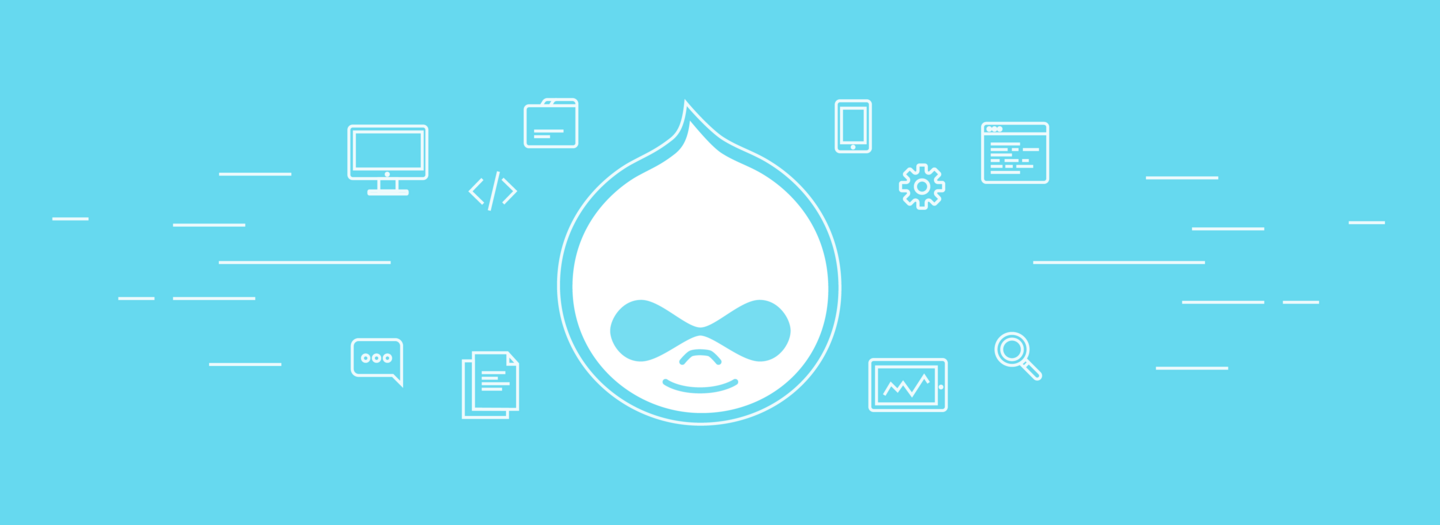The ABC's of Drupal: Region, Revision, Role
For anyone who's ever looked up a definition of a Drupal term and still wondered what it means, here are some practical explanations you can use to navigate the Drupal-verse. This is the latest in a series on Drupal-specific terminology.
Region
Regions divide Drupal pages into different sections. Each section contains information that determines the positions of various elements. These elements can include menus, headers, footers, and sidebars. The elements in each Region are called Blocks. (For more information on Blocks, see Aliases, Blocks, and Content Types.)
A Drupal site's active theme keeps information on the number, name, and location of each Region. Different themes can have different Regions. Typically, administrative themes have fewer regions spaced in wide columns across a page. The themes that face a site's end-users often have more complex layouts, which means more Regions. (To learn more about Themes, see Article, Base Theme, Content.
Together, Blocks and Regions make up Drupal's core's primary layout functionality. This combination is a simple yet powerful solution that has been steadily expanded with each major version of Drupal.
As a note: Drupal Regions can be overridden by contributed modules such as Panels. Regions can also be overridden by custom page templates that apply to specific URLs or URL alias patterns. While the use of Panels can increase overhead and complexity, it makes additional layouts and landing page capabilities available to site builders. Layouts made with Panels are saved in the site's database, which mitigates the risk of rolling custom code by editing a site's theme files.
Revision
A Drupal Revision is a saved version of a set of changes to a piece of Drupal content created with a Content Entity. Revisions apply to any piece of content on a site, including Articles, Basic Pages, and custom content types.
After a piece of content is created, any changes or updates made to the content are saved in new versions, or Revisions. Drupal does this rather than editing an existing published version. These versions are stored indefinitely each time a set of changes is saved, and can be found on a content item's administrative interface. Users can save revisions in unpublished draft form, to be published at a later date. Previous versions can also be republished, which allows content authors to revert content to an earlier state.
Drupal's core revision feature supports a powerful workflow functionality that can be custom-configured to align with an organization's processes for content approval. Revision functionality can also be extended with the contributed Diff module to highlight changes between various drafts.
Role
Roles assign various permissions to a Drupal site's users. This includes the ability to edit and manage content and configure settings. Roles are typically grouped into sets of permissions that are determined by a user's expertise in the organization. A Role is a user-defined set of permissions that can be granted to groups of individuals. Typical Drupal user roles include Administrator (preconfigured), Content Creator, and Content Manager.
Anonymous and Authenticated are two special preconfigured user states that are accessed through the user administrative pages. Anonymous users are typically granted only the most basic permissions. By definition, Authenticated users are those that are known to the system. Authenticated users have an account and unique email address that associated with a cookie that resides locally in their browser.
When new functionality is added to Drupal, additional permissions are typically added to the system. These permissions can then be assigned to new or existing roles.
What Next?
If you've got questions about specific Drupal terms, let us know. Drop a request for a definition in the comments and we'll add it to our next ABCs of Drupal post.
